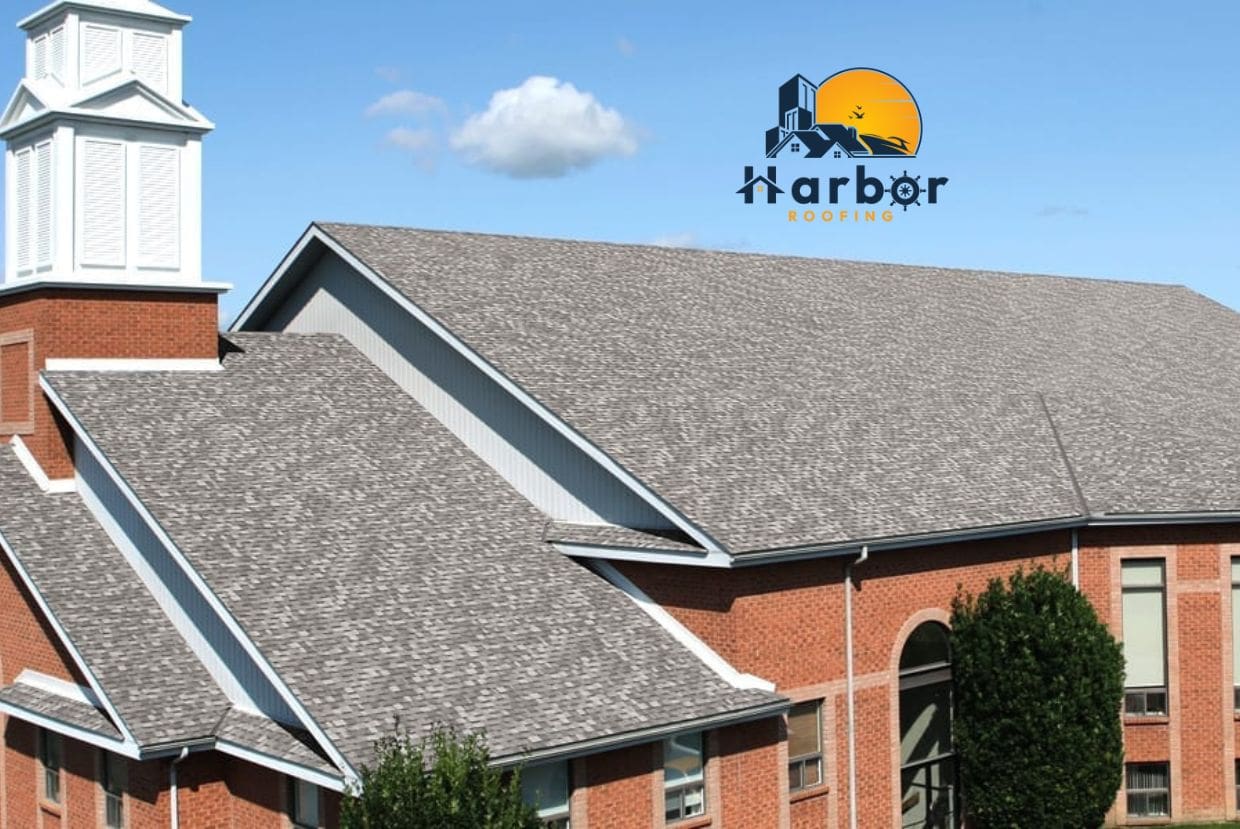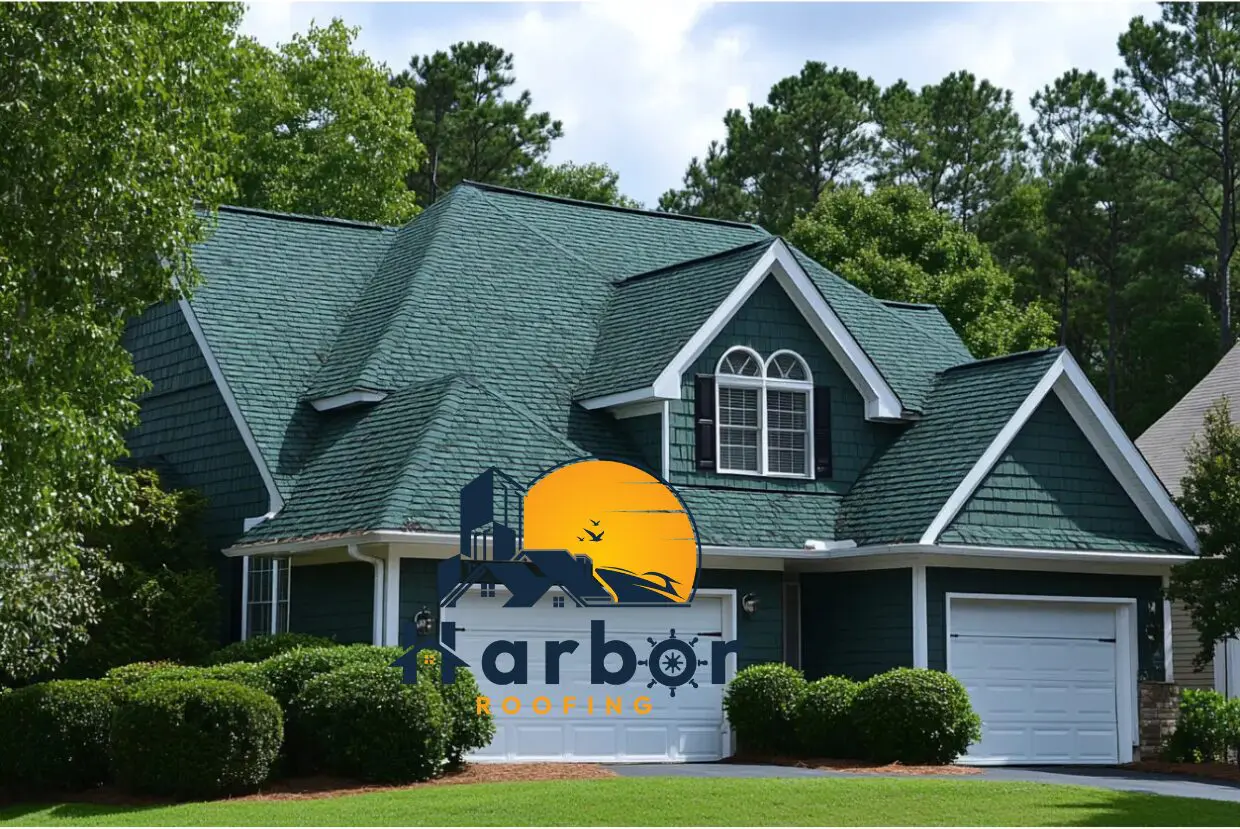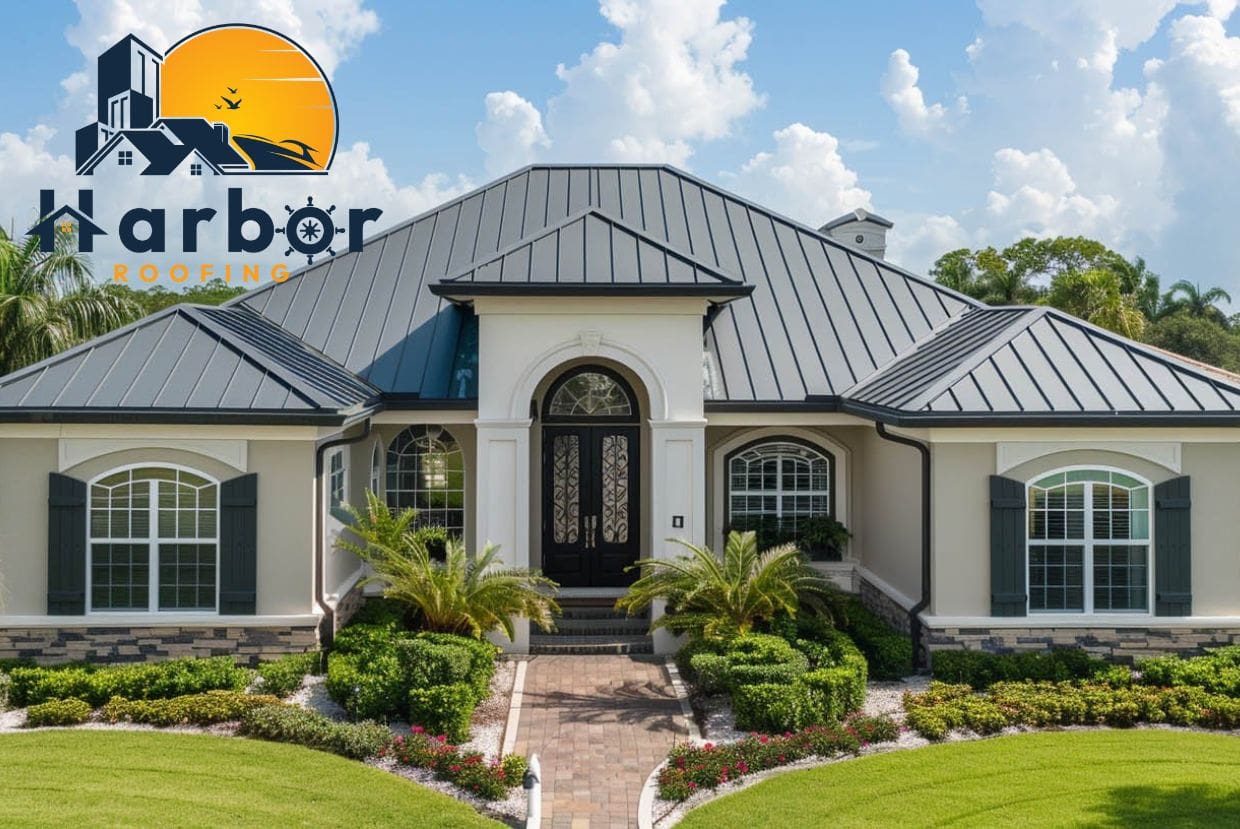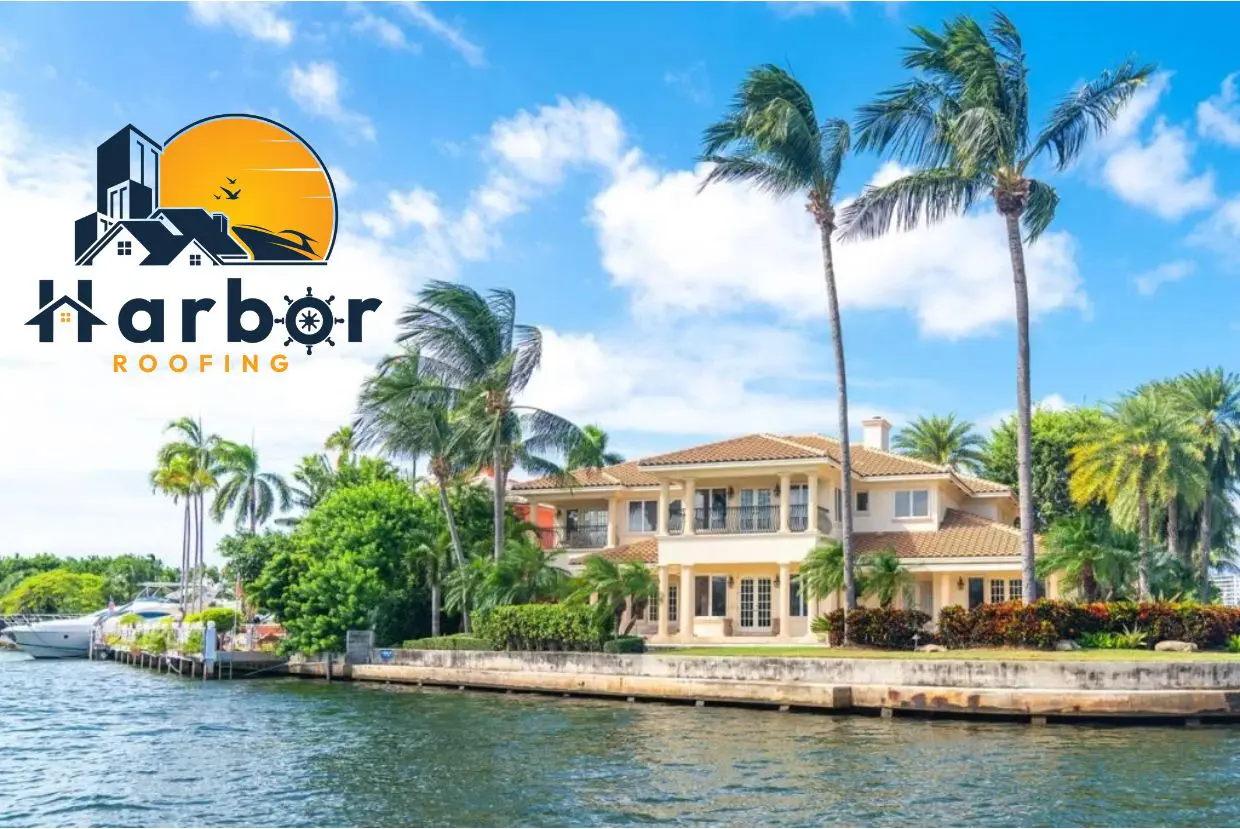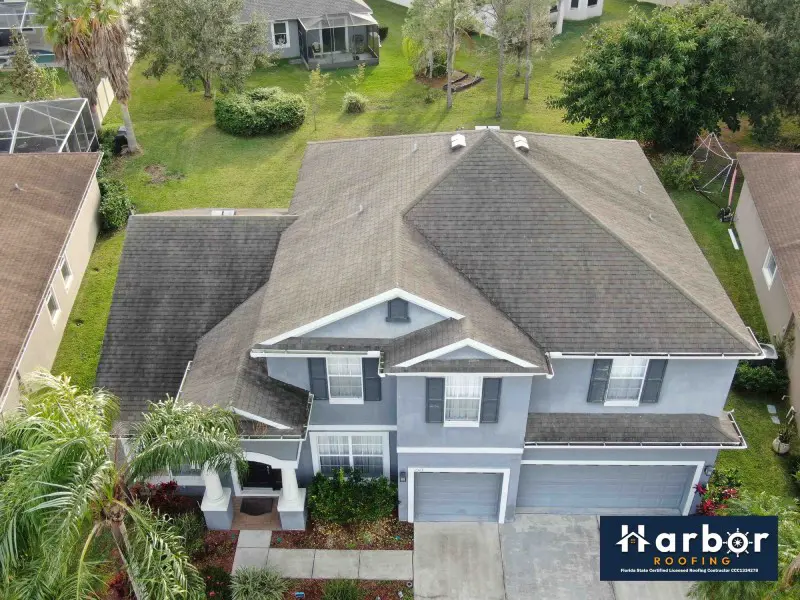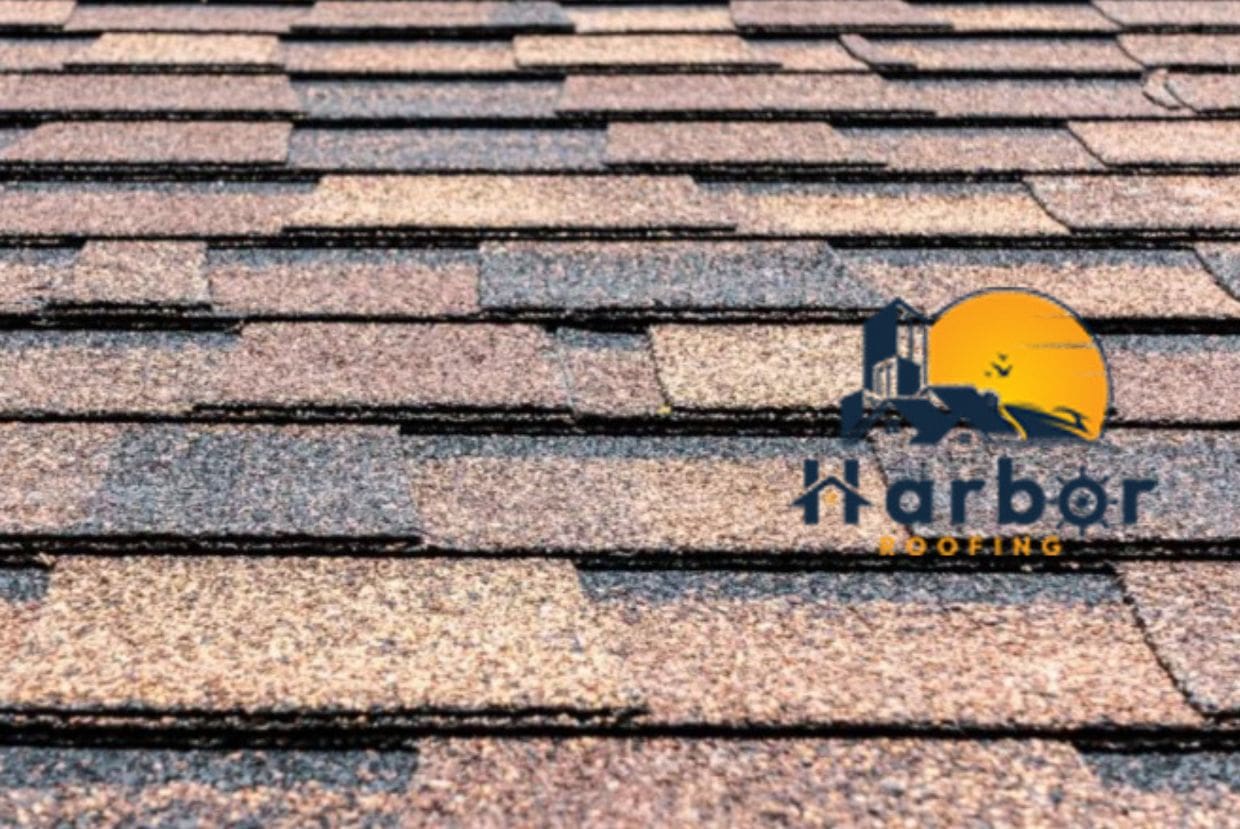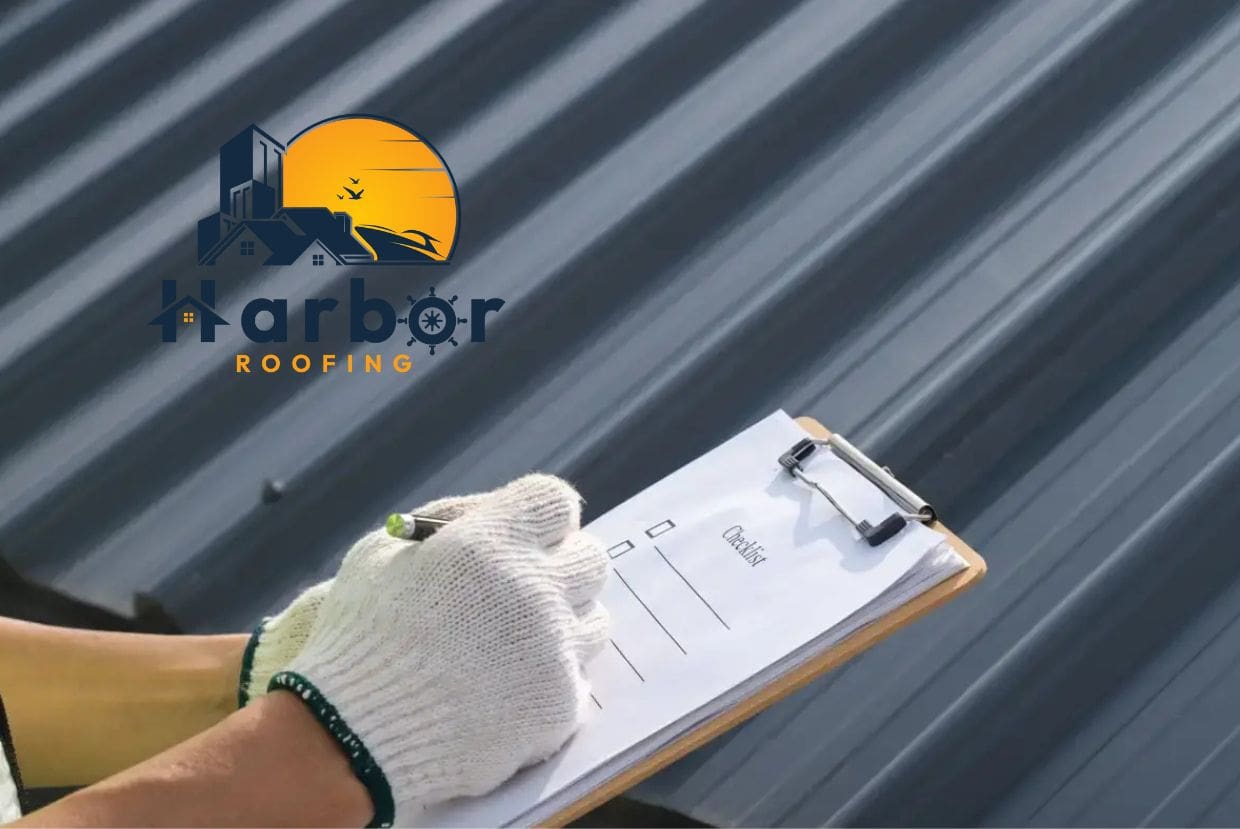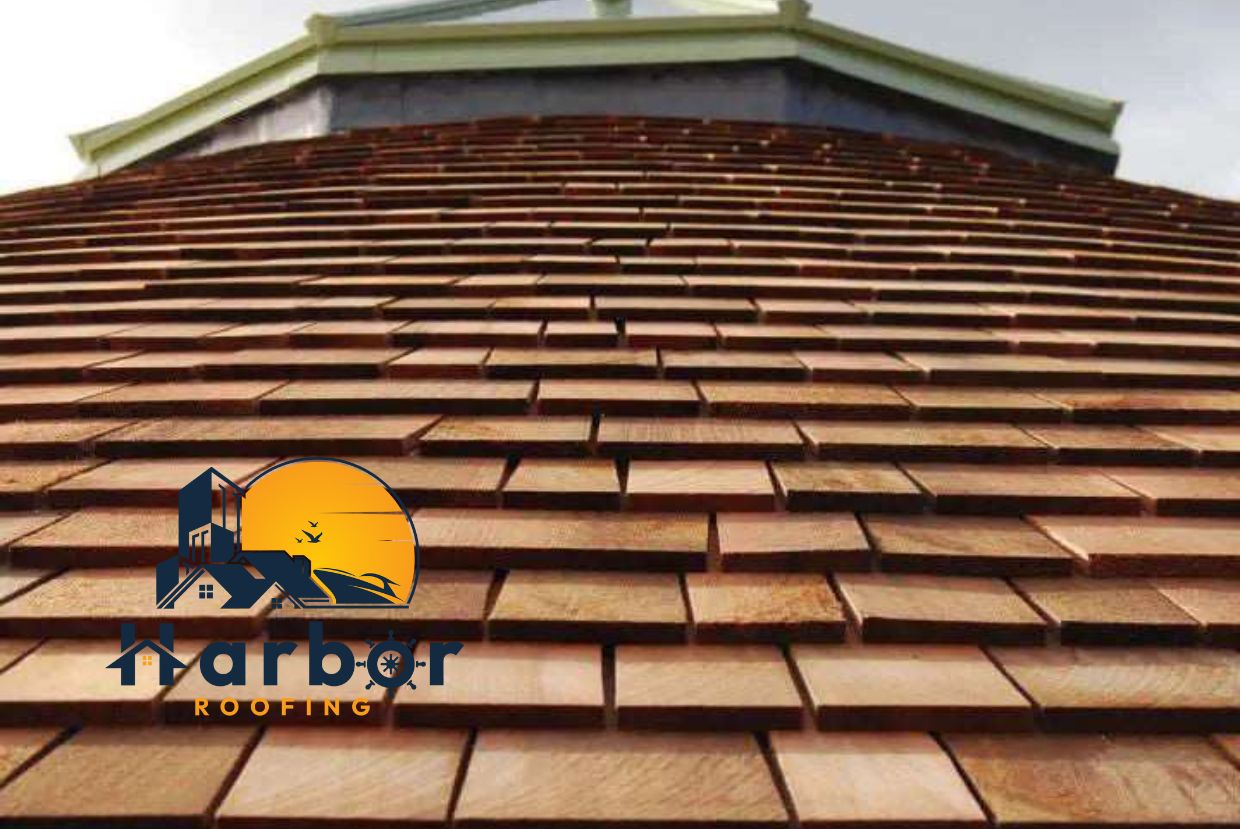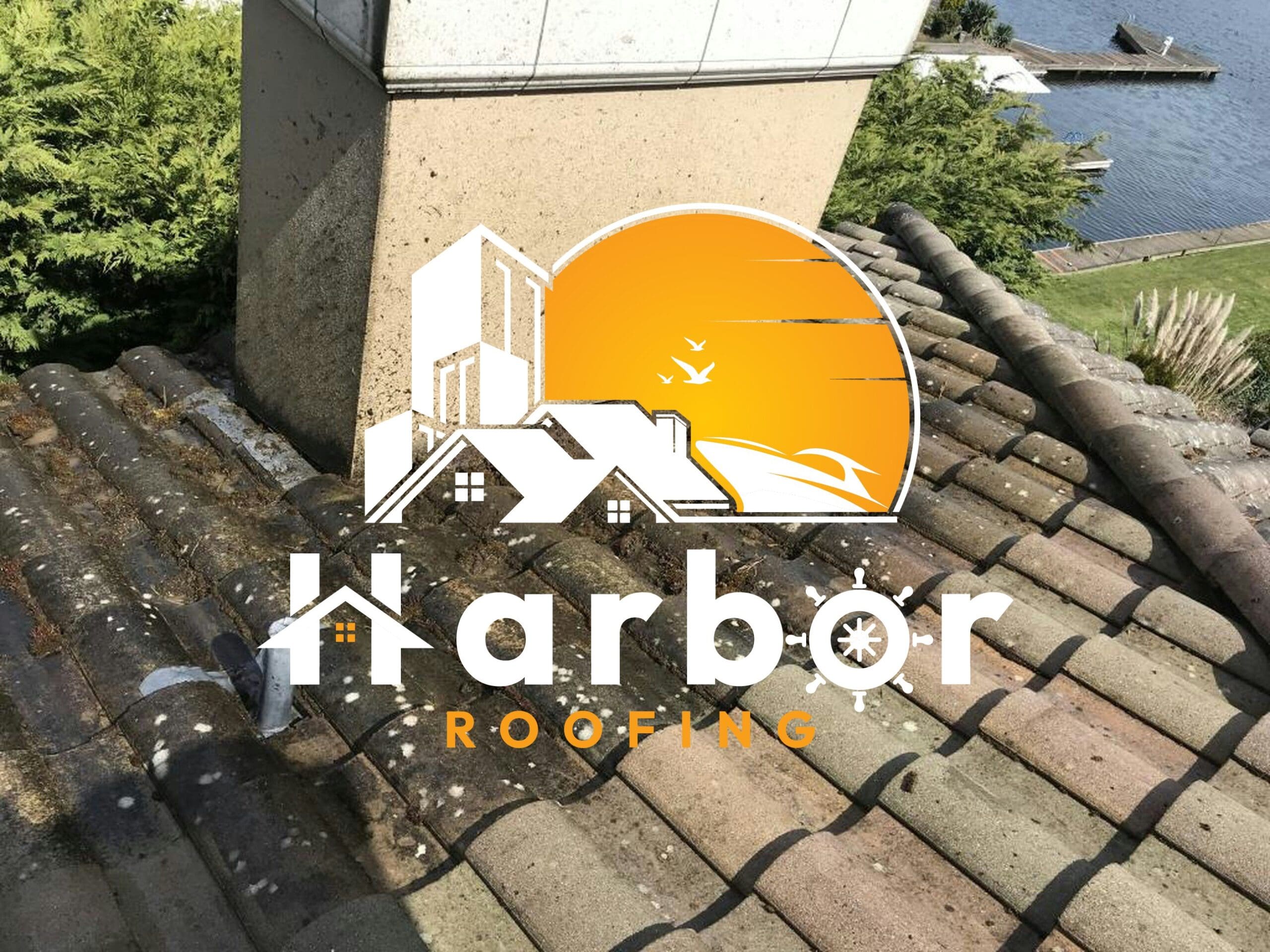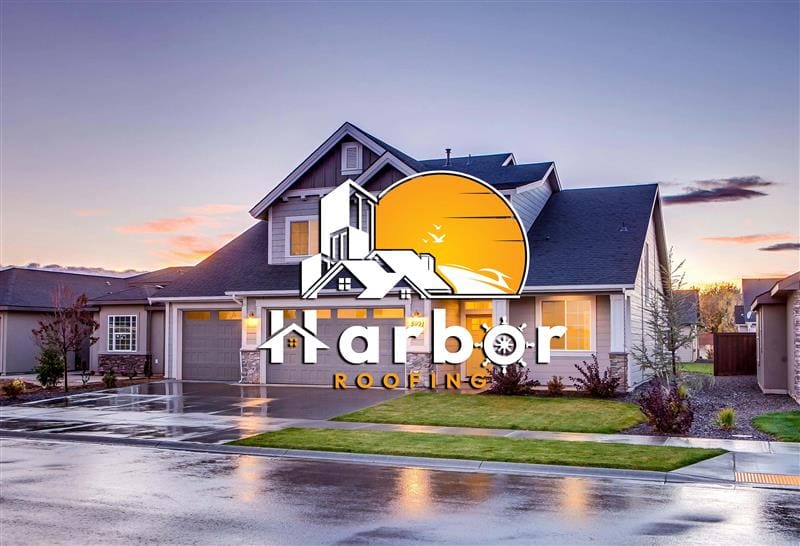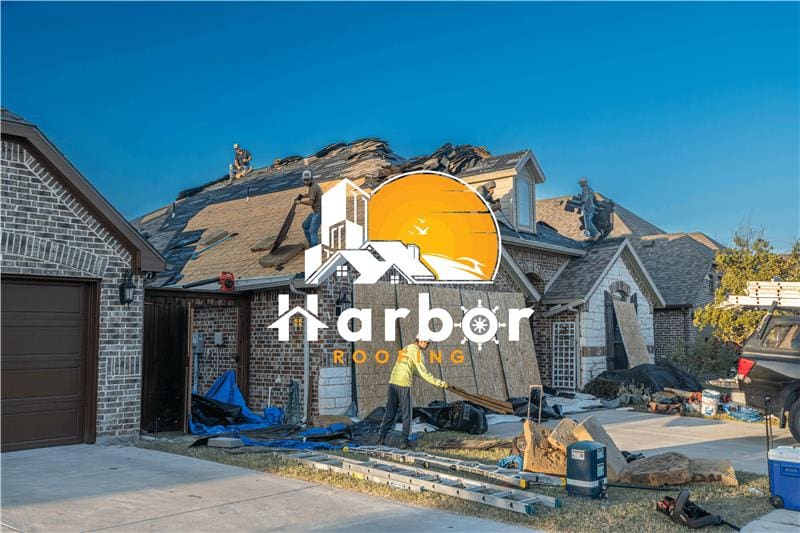The heat in Florida during the summer is not one that can go unnoticed. Many homeowners overlook the crucial role their roof plays in protecting them and their properties from intense heat, UV rays, and higher energy bills. Choosing one of the top energy-efficient roofing materials will make a significant difference in your home’s comfort, especially if you live in a place like Florida.
Are you a homeowner in Florida? Let’s talk about the top energy-efficient roofing materials that can effectively combat Florida’s heat, and explore the key factors to consider when making a roofing choice.
Why Energy-Efficient Roofing Matters in Florida
For most of the year, Florida is hot, humid, and stormy. These conditions cause your roof to do extra work protecting your home. You know what happens when your roof isn’t energy-efficient? It absorbs more heat than it should.
Picture this: when your roof soaks up heat from the sun, that heat gets trapped in your attic. When this happens, the temperature inside your home rises, causing your air conditioner to work double-time to keep things cool. You know what follows? Higher energy bills, more wear and tear on your HVAC system, and an uncomfortable living space.
On the other hand, energy-efficient roofing materials are designed to reflect sunlight, not absorb it. They help reduce the amount of heat entering your home, leading to further benefits such as:
- Keeping your home’s internal temperature cooler, therefore reducing your need to rely on air conditioning.
- Reducing energy consumption, which means lower electricity bills
- Taking pressure off your HVAC system, helping it last longer
- Improving overall comfort, especially during peak summer months
In Florida’s climate, where the sun is intense and AC costs can skyrocket, energy-efficient roofing is a smart investment that pays off year after year.
Top Energy-Efficient Roofing Materials for Florida
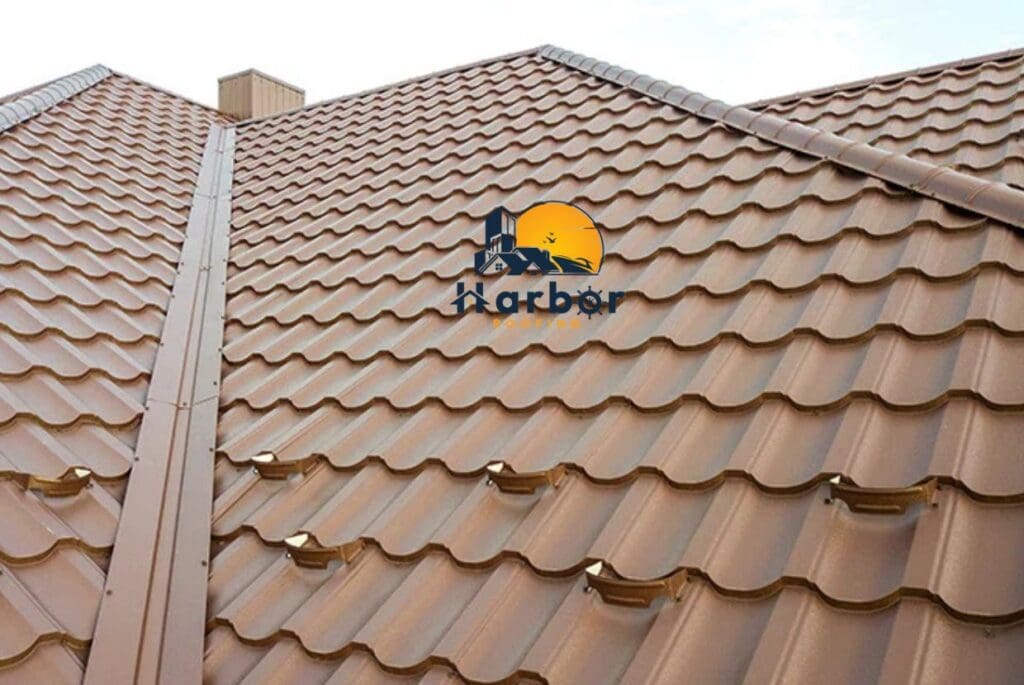
Metal Roofing
Metal roofing has evolved from the old-fashioned tin sheets into a sleek, modern, and highly efficient option. These roofs naturally reflect a significant amount of solar radiation, helping to keep homes cooler even under intense sunlight. They are also highly durable, standing up to high winds, hail, and heavy rain, all of which are part of Florida’s climate.
Many metal roofs are made from recycled materials and can last several decades with minimal maintenance. Choosing light or reflective finishes can further enhance their heat-deflecting power.
Why it works for Florida’s summer heat:
- Reflects sunlight instead of absorbing it
- High resistance to hurricane-level winds and heavy rain
- Available in light “cool roof” colors to reduce heat gain
- Durable and lasts long
Clay and Concrete Tiles
Clay and concrete tiles are a signature look for many Florida homes, especially in Mediterranean-style architecture. Beyond aesthetics, they offer impressive energy benefits. The shape and installation create natural air gaps beneath the tiles, which slow down heat transfer into the home.
These materials also resist moisture and pests, which thrive in humid conditions. With proper care, they can last over 50 years, making them a reliable and heat-resistant choice.
Why it works for Florida’s summer heat:
- Natural air gaps act as insulation
- Resists moisture, mold, and pests common in humid climates
- Maintains cooler attic temperatures
- Highly durable with a long lifespan
Cool Roofs
Cool roofs are not a specific material but a reflective system designed to lower roof temperatures. A special coating is applied to the surface, which reflects sunlight and reduces heat absorption. Cool roofs are particularly beneficial for flat or low-slope roofs that are more exposed to the sun for extended periods. They are a cost-effective way to improve your roof’s energy efficiency, as you can apply them directly over an existing roof without needing a full replacement.
Why it works for Florida’s summer heat:
- Reflective surface reduces roof temperature
- Works on a variety of roof types, including flat roofs
- Budget-friendly energy efficiency upgrade
- Reduces heat transfer into the home
Asphalt Shingles with Reflective Granules
Modern asphalt shingles have improved significantly with the addition of reflective granules that deflect heat instead of absorbing it. These ENERGY STAR-rated shingles can lower surface temperatures considerably, making them much more suitable for a hot, humid climate than traditional dark shingles. They are affordable, widely available, and relatively easy to install or replace.
Why it works for Florida’s summer heat:
- Reflective granules reduce surface temperature by up to 50°F
- ENERGY STAR-rated for proven energy performance
- Affordable and accessible for most homeowners
- Lighter colors further enhance cooling benefits
Green Roofs
Green roofs, also known as vegetative roofs, use vegetation and soil over a waterproof layer to create a living surface that provides natural insulation. This setup absorbs sunlight instead of transferring it directly into the home, helping to maintain cooler indoor temperatures.
In addition to heat reduction, green roofs absorb rainwater, which is a plus during Florida’s rainy season. While they require professional installation and more upkeep, they offer exceptional environmental and cooling benefits.
Why it works for Florida’s summer heat:
- Vegetation layer naturally blocks heat penetration
- Reduces solar heat absorption and improves insulation
- Absorbs rainwater to control storm runoff
- Enhances air quality and urban cooling
Factors to Consider When Choosing a Roof in Florida
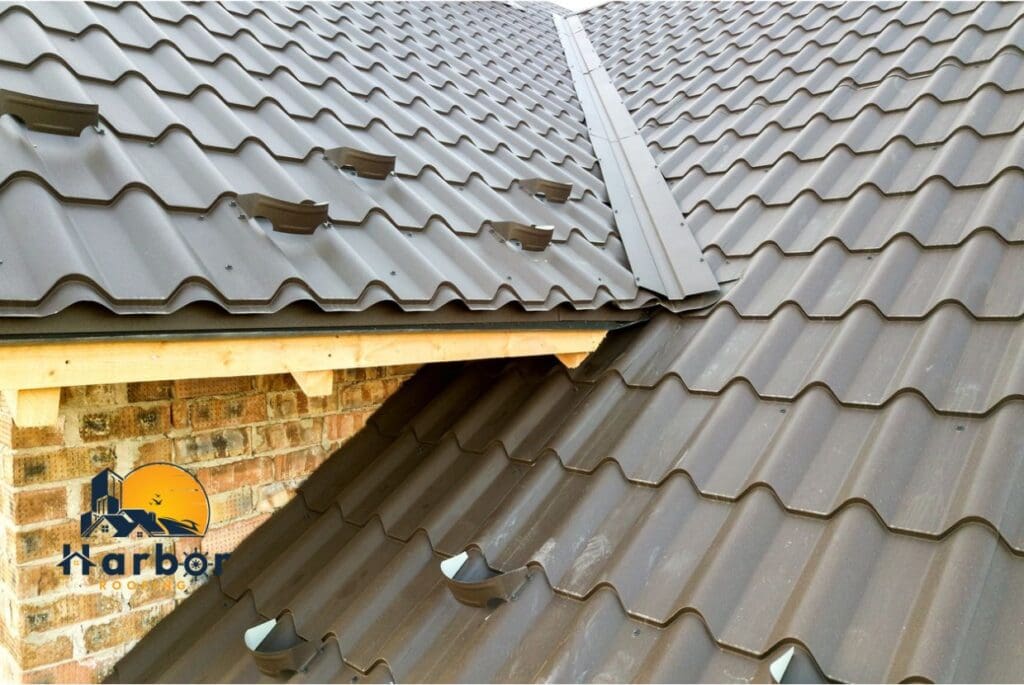
Climate Resistance
Florida’s weather can be a lot to handle, so climate resistance is non-negotiable. Your roof should be able to handle high winds, heavy rain, and persistent humidity without losing its integrity. Metal and tile roofs are durable and can stand up to hurricane-force winds. In shaded or tree-covered areas, materials with built-in moisture resistance are key to preventing mold and mildew growth over time.
Lifespan and Maintenance
Different roofing materials come with very different maintenance needs. Metal, clay, and concrete roofs have impressively long lifespans and typically only require occasional inspections and minor upkeep.
Asphalt shingles, although more affordable upfront, may need replacing every 20 to 25 years and can require more frequent repairs. So, think about how much time and money you’re comfortable investing in maintenance before making your choice.
Aesthetic and HOA Guidelines
Your roof plays a significant role in your home’s curb appeal, so style matters. The material and color you choose should complement your home’s architecture and overall design. If you live in a neighborhood with a homeowners’ association (HOA), check the rules before committing. Some HOAs have strict guidelines on roofing materials, colors, and even profiles, and you’ll want to make sure your choice is compliant to avoid headaches later.
Energy Efficiency Ratings
If your goal is to beat the Florida heat, it’s worth learning a few key terms that measure a roof’s efficiency. The R-value tells you how well the material resists heat flow, with higher numbers meaning better insulation.
The Solar Reflectance Index (SRI) indicates how well a roof reflects sunlight; again, the higher the SRI, the better. An ENERGY STAR rating is a quick way to spot products that meet strict efficiency standards and can help lower cooling costs.
Cost and ROI
Energy-efficient roofing often comes with a higher upfront price tag, but the long-term payoff can be significant. A cool roof can reduce your summer energy bills, reduce wear and tear on your HVAC system, and cut down on repairs or replacements over the years. In some cases, you may also qualify for insurance discounts, utility rebates, or government incentives, which can offset the initial cost. The long-term benefits make it a worthy investment.
Conclusion
Florida’s summer heat isn’t going anywhere, but should your home suffer for it? Heck, no! That’s why we put this article together to guide you. You can protect your home, make it cooler, and lower your utility bills using any of the top energy-efficient roofing materials.
Whether you’re installing a brand-new roof or upgrading your current one, you have plenty of smart, stylish, and sustainable options. Take your time, weigh your choices, and consult a licensed roofing professional who understands Florida’s unique climate before making a final decision.
Frequently Asked Questions
How much can I save on energy bills with an energy-efficient roof?
The amount you can save depends on the material and your home’s setup. However, you can save anywhere from 10 to 30% on cooling costs annually with the right roof and insulation.
Is metal roofing too noisy when it rains?
Well, not if you insulate it properly and use the proper underlayment. Modern metal roofs are no noisier than other materials.
Can I make my existing roof more energy-efficient without replacing it?
Absolutely! You can improve your roof’s energy efficiency using reflective coatings and extra insulation without entirely replacing your roof.
What’s the best roof color for hot climates?
Lighter colors are always better. They reflect more sunlight and absorb less heat, keeping your home cooler.
